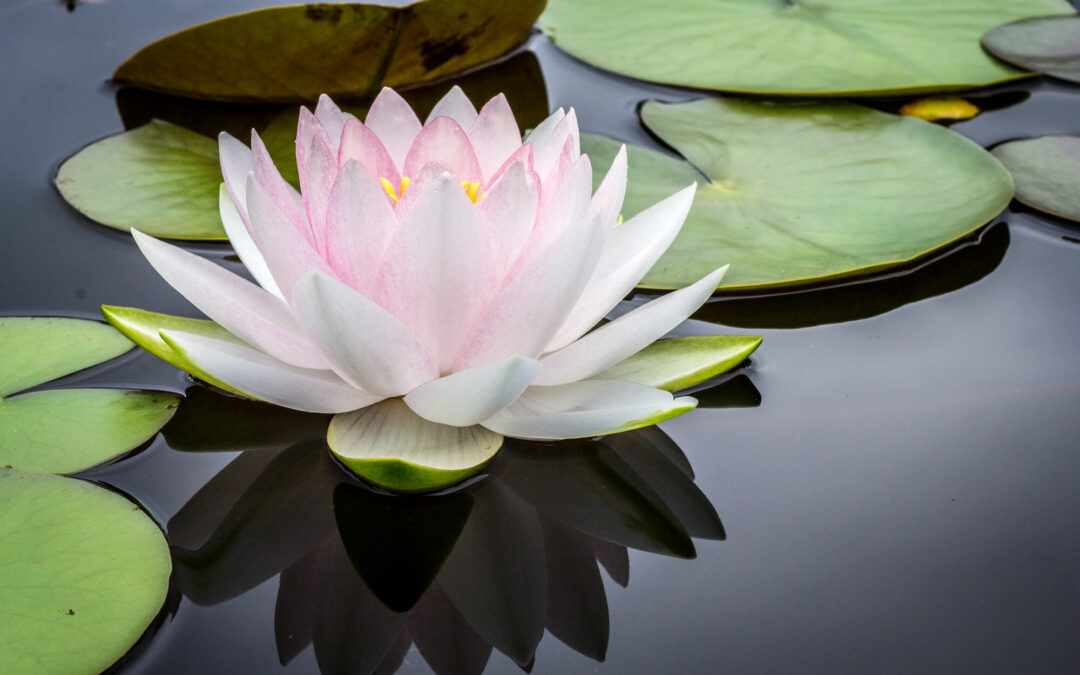What is Pranayama?
It is the science and practice of breath work within the context of Hatha Yoga. But what does that mean?
Let’s break the word down, from its Sanscrit derivation, “:Prana” refers to life force, which is that presence that animates living matter, this can also be perceived as vitality. “Yama” means control, and “Ayama” means extension or expansion. So, therefore, we can understand more clearly that pranayama consists of the active application of methods to extend and expand the vital force energy through the deliberate harnessing of the process of respiration.
Humans are unique in that when we breathe we have a choice, we can be inattentive, unconscious of our breathing and allow the intrinsic hardwired mechanisms of the brainstem, and its component parts, the medulla, pons, and midbrain, to maintain this life sustaining function. To assist with your integration of this knowledge, the brainstem resides at the back of the head, at the juncture between the spinal cord joining the CNS brain.
However, in addition to this involuntary respiration, we can choose to consciously participate with our breathing influencing the pace, duration, and volume. It is this latter conscious process that the science of pranayama focuses on!
With modern neuroscience, we now are much more aware of how our breath can influence our autonomic nervous system, and our central nervous system. Studies have demonstrated that by focusing on influencing our inhalation phase or the exhalation phase, we can impact the homeostatic balance; modulating the (ANS) sympathetic nervous system and the parasympathetic nervous system.
Therefore, we can modulate our breathing and through this process influence the (ANS) autonomic nervous system. The health implications are tremendous from the full range from hyper sympathetic states: associated with anxiety, panic, to sluggish states, lethargy, hyper-parasympathetic states.

